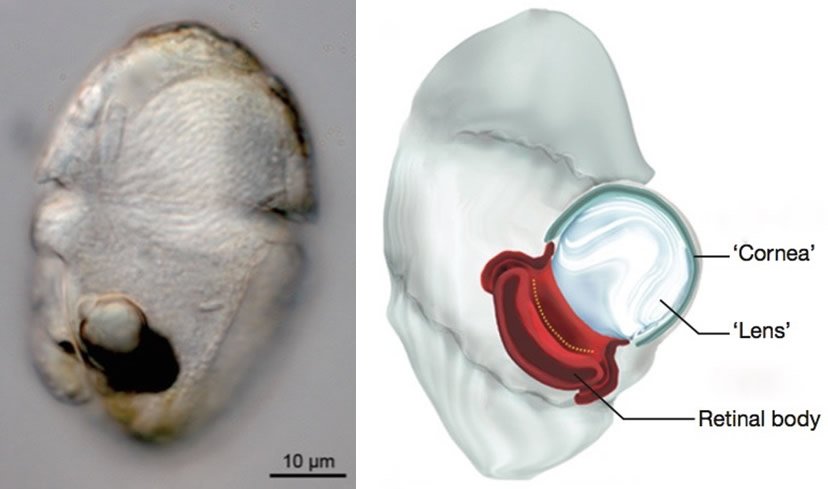I saw something interesting about how evolution dealt with plankton's need to receive light while having as full a calcium armour as they could to avoid being eaten. The solution came in the form of the very first eyeball (which our polyp ancestors likely inherited via horizontal gene transfer, because sometimes, you do gain your enemy's powers by devouring their heart).
The lens allows to take more light in than would happen by just letting what hits that area through, while in its original iteration, the retina was lined with chloroplasts.
Now I could just say that it's possible to concentrate light with lens or mirrors, bring it in via a rather small window, then diffuse it out at the desired surface in the same manner, but I find it way more interesting to bring up that this method not only occured naturally, but was also the eye's first function.
View Single Post
-
2017-09-15, 11:45 AM (ISO 8601)Orc in the Playground

- Join Date
- May 2013
 Re: Using plants inside a vac-suit to produce oxygen
Re: Using plants inside a vac-suit to produce oxygen




 Reply With Quote
Reply With Quote